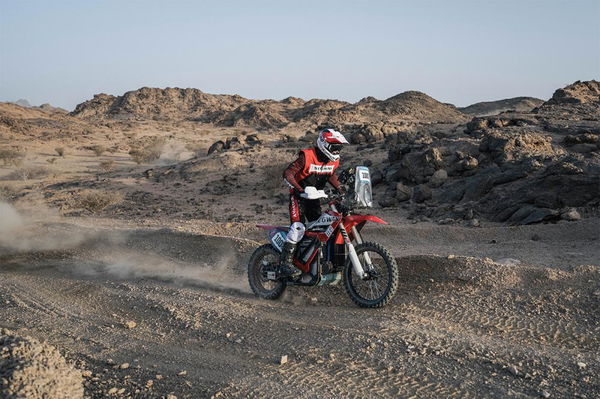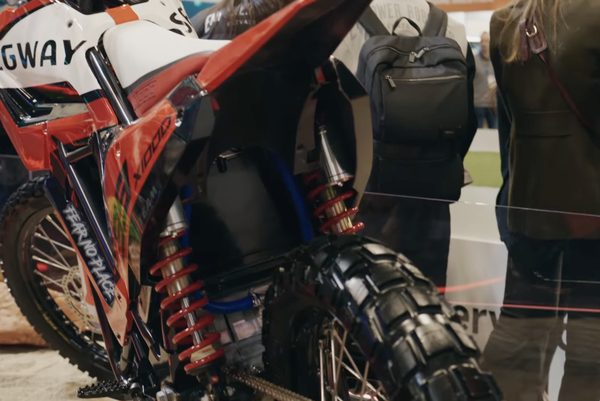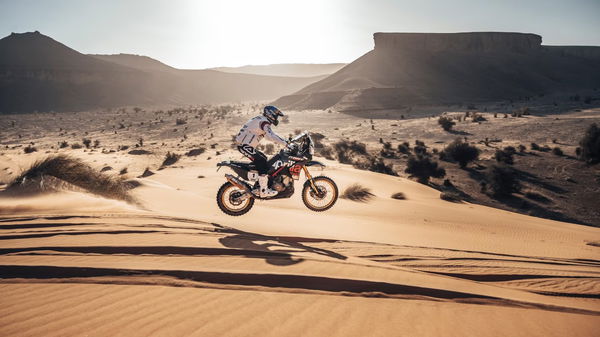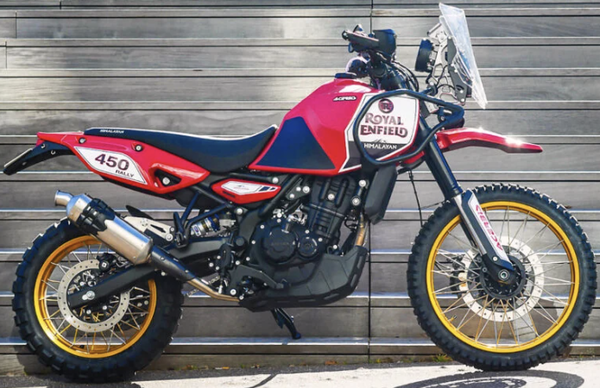Segway X1000 Quietly Revealed at CES 2025
Segway pulled the covers off a new rally bike at CES 2025 and then took it racing in the 2025 edition of the Dakar Rally

It’s fair to assume that when choosing a bike to take on the world’s toughest off-road desert race, an electric motorcycle would not be top of most sane rider’s list. That theory didn’t stop Segway, which quietly unveiled its X1000 rally bike a the CES show, while it was simultaneously competing in the Dakar Rally.
The bike is racing in the new Future Mission 1000 category, which has been specially designed to allow alternative fuel vehicles to compete in the world-famous desert race. While the Segway X1000 is fully electric, competitors can opt for Hydrogen power, or hybrid systems within the Future Mission 1000 rules. Not strictly a competition, the class allows teams and manufacturers the chance to test emerging technology in the harshest possible environment, although the bragging rights for beating the competition are obviously fairly important.

The three-rider Segway team for the Dakar includes Benjamin Pascual, Xu Jianhao, and Yang Jie, and they were all riding prototype versions of the rather interesting-looking machine. A conventional adventure/rally motorcycle it most definitely isn’t, with the twin-shock rear suspension set-up being one of the most unusual features to see on a modern-day Dakar contender. Looking at the configuration of the bike, which is built around a large battery pack which seems to be used as a stressed member, the design would have been settled upon due to the battery casing taking up the space that would normally house a mono-shock and linkage.

Confirmed specs for the bike are fairly hard to come across, at least from official sources. The Dakar website does have some high-level information though, with one eye-opening stat being that the bike uses a 14.5kWh battery. To put that into perspective, the LiveWire S2 Del Mar we tested some time ago has a 10kWh pack, while at the other end of the spectrum, the Energica Experia we toured Wales on had a much heftier 22.5kWh battery. The battery is linked to a 50kW motor, which is claimed to be able to push the bike up to top speeds of around 80mph.
Obviously, that battery comes at a price, and if the numbers on the Dakar website are to be believed, the 230kg X1000 tips the scales nearly 100kg more than its petrol-powered competitors.
The Future Mission 1000 category is still ongoing in the desert, and while the times posted by the alternative-powered machines will likely be hours (or even days) slower than those posted by a conventional petrol machine, it’ll be interesting to see how the class develops as time goes on.
Find the latest motorcycle news on Visordown.com












